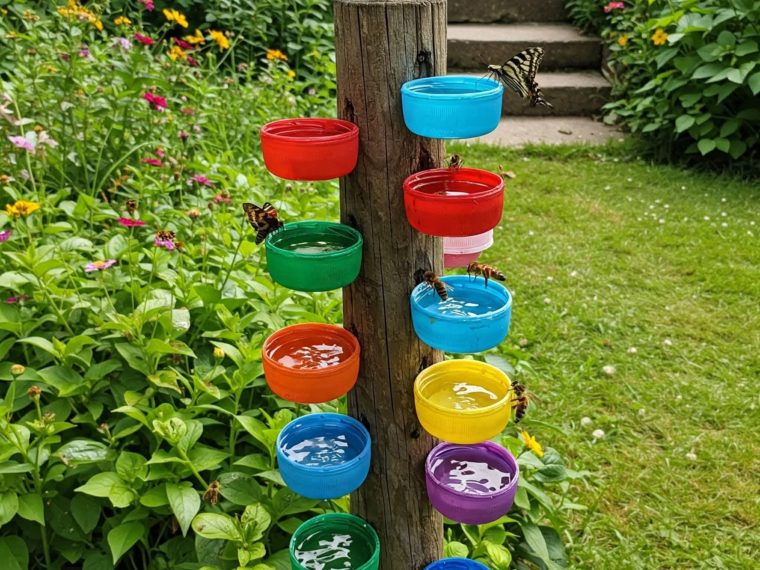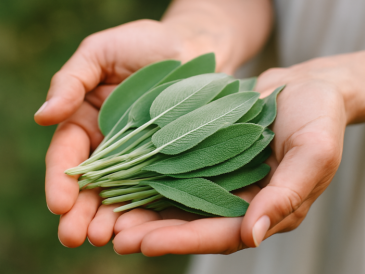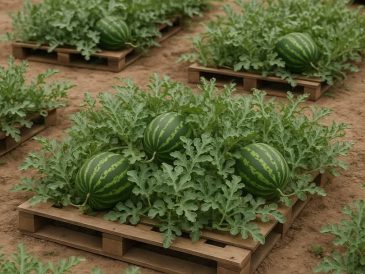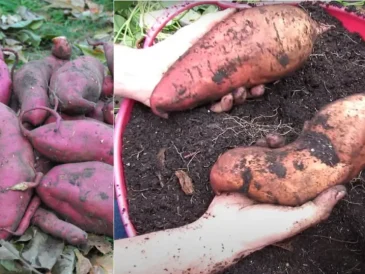🐝 DIY Bee Drinking Point: How to Help Thirsty Pollinators
Bees are essential to our ecosystems, but like all living creatures, they need water to survive. Providing a clean and safe drinking spot for them, especially during warm months, is an easy way to support local pollinator health.
Here’s how to create a bee-friendly drinking station right at home!
🌼 Why Bees Need Water
Bees use water not just to stay hydrated, but also to:
- Cool their hive (they fan water over the hive to reduce temperature)
- Dilute stored honey
- Feed their larvae
- Maintain overall hive health
But finding safe water sources can be tricky — many pools, fountains, and puddles can be dangerous or contaminated. That’s where a DIY drinking point comes in.
🧰 What You’ll Need
- A shallow dish, plate, or bowl (ceramic or plastic is fine)
- Small pebbles, marbles, corks, or twigs
- Fresh clean water
- Optional: decorative stones or plant saucers for aesthetics
🛠️ How to Make a Bee Drinking Point
- Choose a shallow container – Bees can’t swim, so deep water can drown them.
- Add pebbles, marbles, or twigs – These act as landing platforms so bees can safely access the water without falling in.
- Pour fresh water just enough to partially submerge the stones but leave the tops dry so bees can perch safely.
- Place it in your garden, near flowering plants, herbs, or shaded spots where bees are active.
- Refill regularly, especially in hot weather, and clean the container every few days to prevent algae or mosquito larvae.
🌿 Extra Tips:
- Use rainwater when possible — it’s more natural and chemical-free.
- Avoid placing near pesticides or chemical fertilizers.
- You can add a few drops of salt to simulate mineral-rich water, but avoid sugar or honey as it can attract the wrong insects or spread disease.
🐝 Why This Matters
Creating a bee watering station is more than just a kind gesture — it’s a contribution to biodiversity. With habitat loss and climate stress affecting bee populations, small actions like this can make a real difference in supporting pollinators and the ecosystems they protect.
✅ Conclusion
Your garden can be more than beautiful — it can be a bee sanctuary. With just a dish, some stones, and fresh water, you offer a lifeline to hardworking pollinators. Set it up today, and enjoy watching bees stop by for a well-deserved sip!





